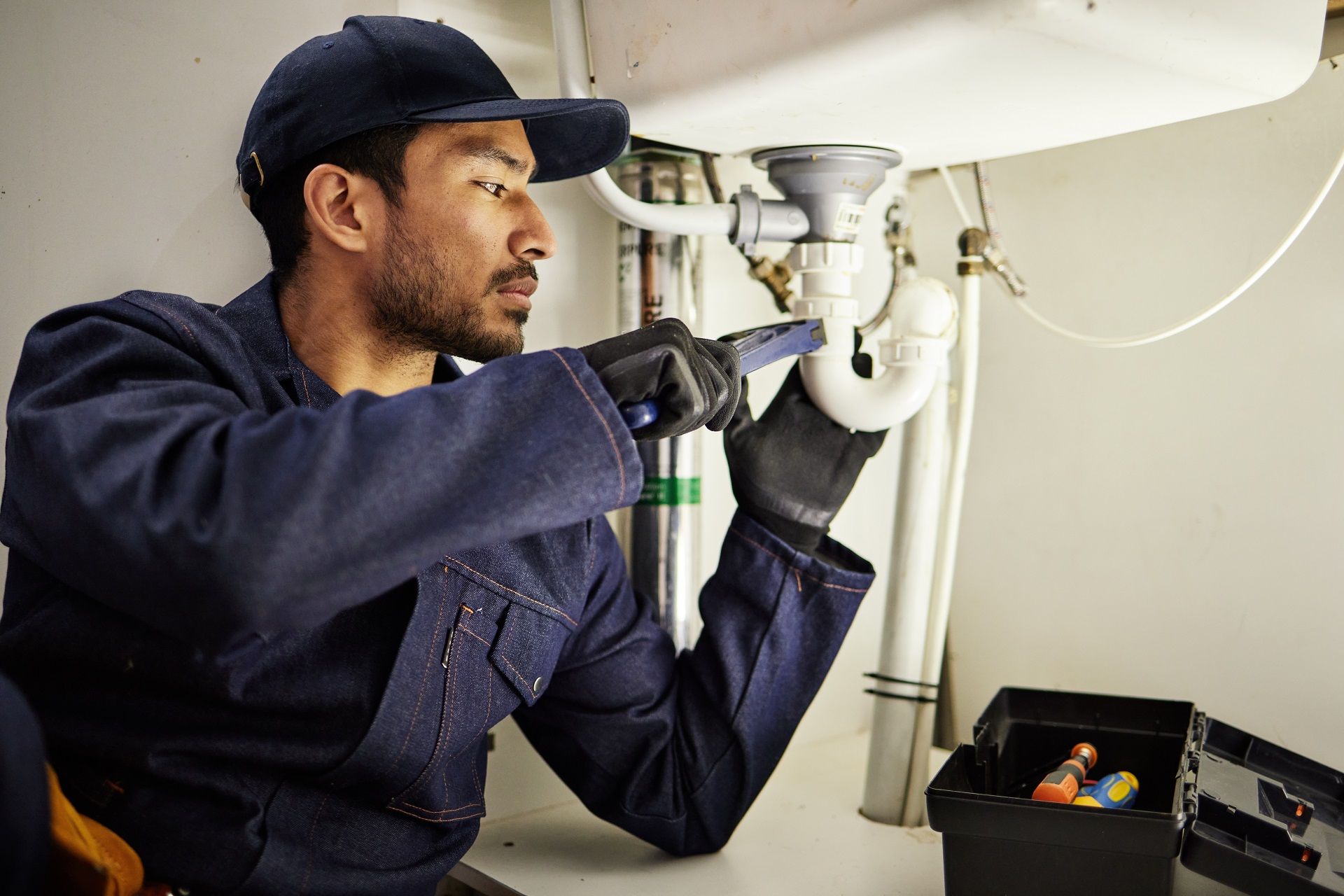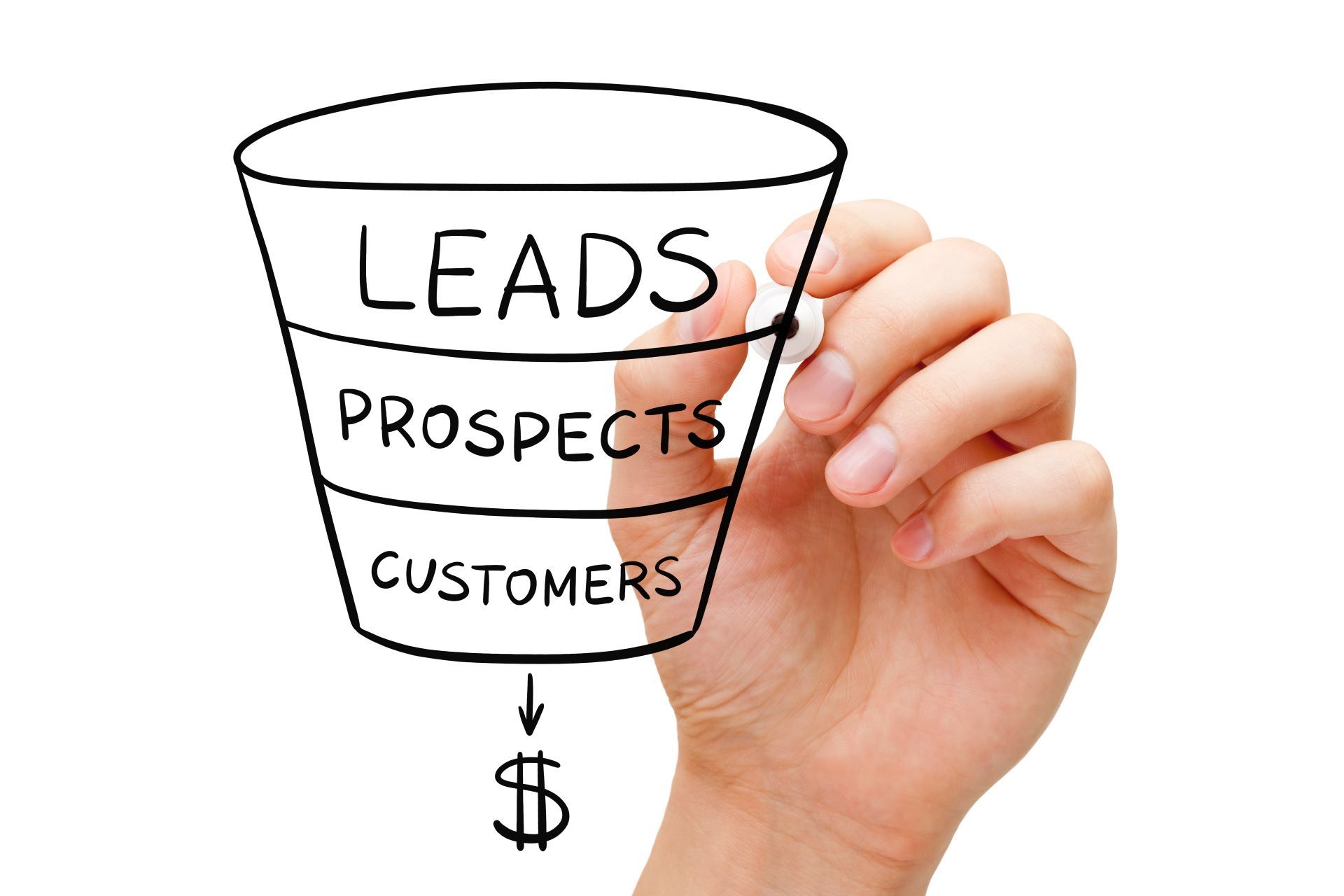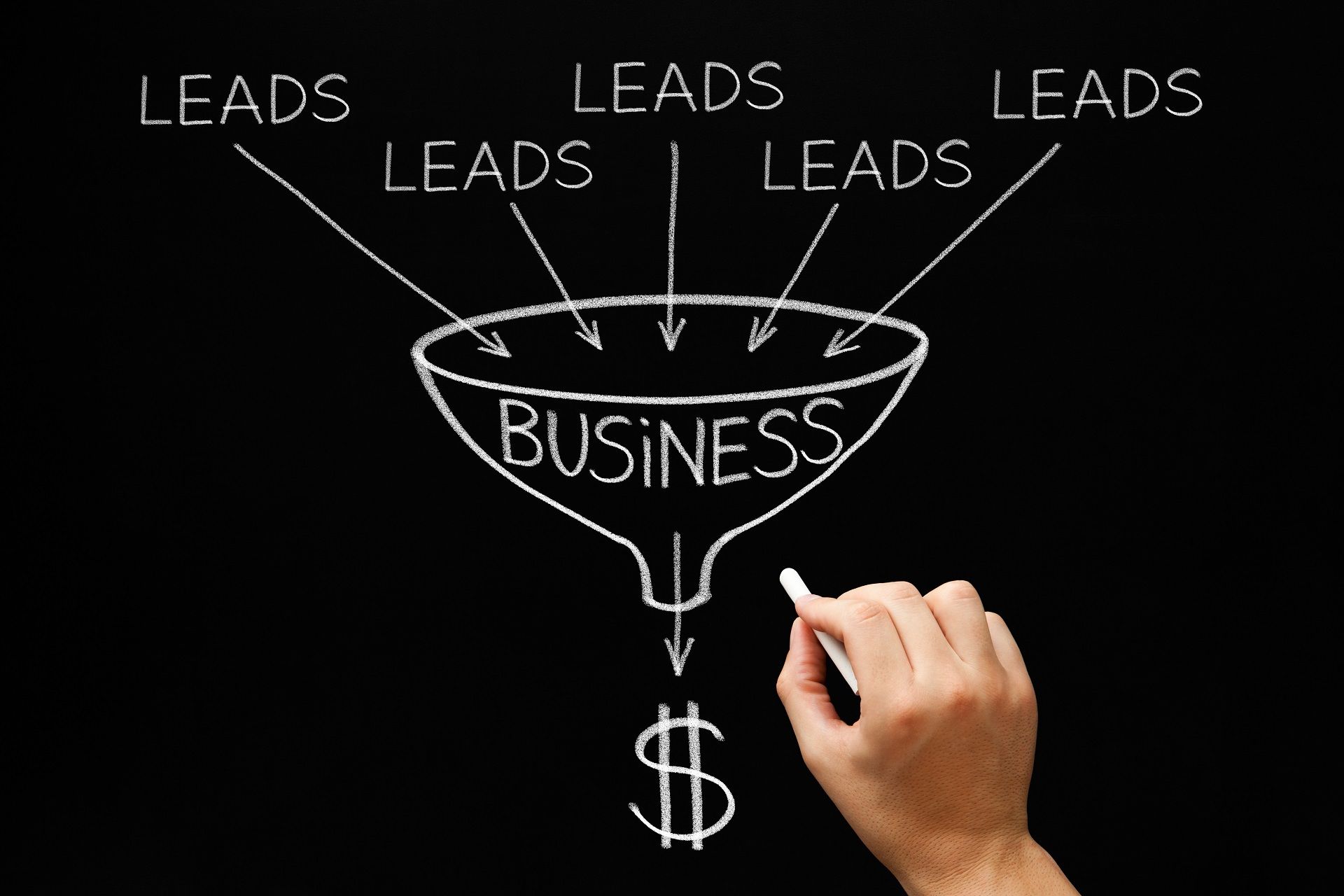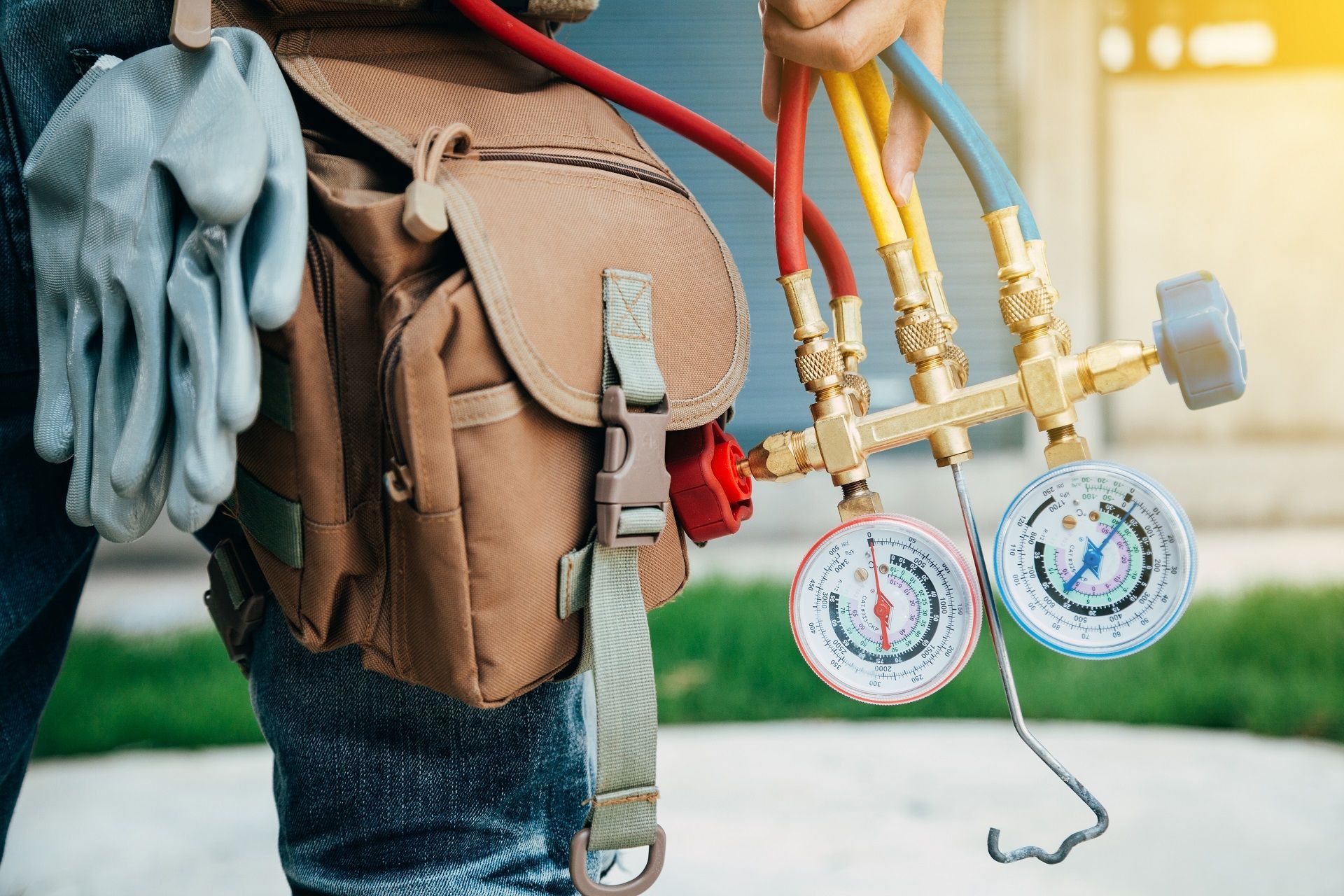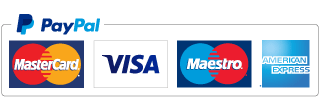Your Guide to B2B Sales Funnel Stages
Navigating the labyrinthine landscape of B2B sales? Your sales funnel is your compass, guiding you through each stage of customer engagement. Forget about feeling lost; this guide is your real-time navigator, illuminating the path your potential clients take. And in the bustling B2B marketplace, having a reliable guide is not just handy; it’s essential!
Understanding the Sales Funnel: The Aerial View
Before getting into each stage of the
B2B sales funnel, it’s worth understanding what the funnel actually is. Think of it as a pathway that prospective clients wander down, where each stage signifies a different level of engagement with your business.
From the initial “I see a problem” moment to the “Let’s cut a check” conclusion, this guide will help you understand the nuances of each phase.
Stage 1: The Awareness Stage
You can’t solve a puzzle until you recognize there’s a missing piece. That’s what the awareness stage is all about. This is the part where a business buyer realizes that something’s not quite right and wonders if they could do things better.
Although they are aware of the issue, they are not necessarily on the hunt for a solution yet. During this stage, companies often produce general content, perhaps a blog or a whitepaper, to catch the attention of these problem-aware prospects.
How to Engage Buyers: Leverage content that illuminates the problem. Employ informative webinars, FAQ pages, and industry reports. The goal? Make them realize that the problem they’re facing is urgent and not optional.
Stage 2: The Interest Stage
At this stage, your prospective buyer has evolved from mere awareness to showing a budding interest. They’ve transitioned from identifying a problem to drafting a wish list of features they want in a solution. Yet, they’re not committed to any vendor, keeping their options wide open.
Don’t just present them with options; illustrate choices that clearly display your unique selling propositions. You aim to be more than just a vendor; you’re striving to be their go-to resource in solving the issue at hand.
Sparking Interest: So, how do you make sure your name is on their wish list? Case studies and product comparison guides are invaluable at this point. Showcase real-world examples where your product or service has excelled. A well-placed case study can be as convincing as a well-argued debate point.
Stage 3: The Consideration Stage
The buyer has graduated from wishful thinking to earnest research. They’re not just aware of their problem and the kind of solution they need; they’re actively hunting for a vendor to provide that solution. This is where they are likely to extend their hand, requesting brochures, demos, or maybe even a quote.
How to Be the Obvious Choice: To turn these window shoppers into paying customers, you need to make them an offer they can’t refuse (within ethical limits, of course). Consider offering in-depth product guides, detailed service outlines, and glowing customer testimonials. These resources can help to paint a compelling picture of why you’re the vendor they should be seriously considering.
And let’s not overlook customer service. At this point, the little things can make a big difference. Quick response times, attentive consultation services, and a willingness to go that extra mile can position you as the front-runner in
this competitive race.
Stage 4: The Intent Stage
The vibe has shifted. Your prospective buyer has gone from being mildly interested to clearly signaling intent. Think of it as the difference between casually browsing and ready to put in an order. They’re more than just keen; they’re ready to take concrete steps, making this stage crucial for conversion.
Provide deep-dive sessions where potential buyers can see your product or service in action and make sure they can interact with the presenters to get real-time answers to their burning questions.
Transforming Intent into Investment: Here, webinars, interactive demos, and even exclusive customer forums play a key role. These offerings make your client far more likely to turn their intent into engagement, where they’re ready to buy from you.
Stage 5: The Evaluation Stage
Your prospective buyer has made it to the evaluation stage, and you’ve made the shortlist. Although worthy of celebration, being on the shortlist isn’t enough; you need to stand out. Being part of the selection pool is great, yes.
However, it’s not the same as being
the selection. Here’s where you differentiate yourself from the competitors who’ve also made it this far.
Nailing the Evaluation Process: This is where data takes center stage. To encourage that last click, arm your prospects with
ROI statistics, data-driven success stories, and stellar client testimonials. Don’t just tell them you’re the best choice—demonstrate it. A compelling metric or a powerful client endorsement can be the determining factor at this final hurdle.
Your aim is to offer more than just another product or service; you’re offering a proven, quantifiable solution. You can impress your client with metrics that showcase how you’ve helped businesses save money, increase efficiency, or amplify growth. It’s about handing them the facts they need to convince themselves you’re the one.
Stage 6: The Purchase Stage
The finish line is in sight. Your prospect has gone from shopper to buyer with an all-but-guaranteed intent to purchase. Still, it’s not a done deal until they’ve crossed that final threshold and signed on the dotted line.
Yes, the home stretch is exciting, but it’s also fraught with its own set of pitfalls. A confusing checkout process or hidden costs can turn a sure thing into a missed opportunity. Here’s where your commitment to user experience and customer satisfaction has to shine through.
From Cart to Conversion: This is where you pull out all the stops to make the purchasing process as smooth as a jazz tune. Start with a clear pricing guide that leaves no room for sticker shock. Follow it up with a concise contract that spells out terms in plain English, eliminating any lingering doubt.
And let’s not forget, people buy from people. Assign a dedicated point of contact to guide them through this final stage. This person’s job is not just to lead them to the checkout but to make them feel supported and secure in their decision all the way to finalization.
Wrapping Up
The sales funnel is far from a one-and-done affair. After a customer makes a purchase, the focus shifts from acquisition to retention. A simple
thank-you email, comprehensive onboarding, and strategic upselling can turn a new customer into a loyal brand advocate.
The fact of the matter is that the end of the sales process is actually the beginning of a long and fruitful relationship. So consider the final purchase not as a conclusion but as an intermission before the next act.
Disclaimer: The information on this website and blog is for general informational purposes only and is not professional advice. We make no guarantees of accuracy or completeness. We disclaim all liability for errors, omissions, or reliance on this content. Always consult a qualified professional for specific guidance.

